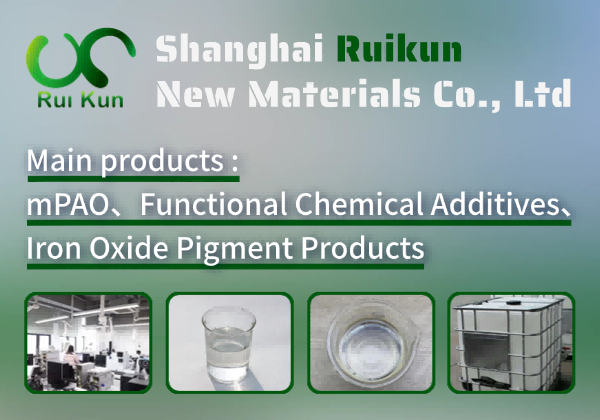What is cobalt
**Introduction to Cobalt** Cobalt is a versatile transition metal known for its high melting point, durability, and magnetic properties. It plays a critical role in modern technology, particularly in rechargeable lithium-ion batteries used in electric vehicles and electronics. Additionally, cobalt is essential in aerospace alloys, industrial catalysts, and high-performance superalloys that withstand extreme temperatures. Its compounds are also used in pigments, ceramics, and medical applications, including radiation therapy and prosthetics. As a key component in sustainable energy solutions, cobalt’s demand continues to rise, though ethical sourcing remains a priority due to mining concerns. With its unique properties and wide-ranging applications, cobalt is indispensable in advancing innovation across multiple industries.
Preparation Process: To prepare cobalt metal, start with cobalt oxide (CoO or Co₂O₃) or cobalt carbonate (CoCO₃). Reduce the compound in a furnace under a hydrogen atmosphere at 600–700°C for 2–4 hours. Alternatively, dissolve cobalt sulfate (CoSO₄) in water and electrolyze using a stainless-steel cathode and platinum anode at 3–5 V to deposit pure cobalt. For high-purity cobalt, refine via zone melting or vacuum distillation. Ensure all steps are conducted in an inert or reducing environment to prevent oxidation. Handle precursors and products with care due to cobalt's toxicity.
Usage Scenarios: Cobalt is primarily used in rechargeable lithium-ion batteries, essential for electric vehicles (EVs) and portable electronics like smartphones and laptops. It enhances battery stability, energy density, and lifespan. In metallurgy, cobalt strengthens alloys, particularly in jet engines, gas turbines, and high-speed steels, improving heat and wear resistance. It is a key component in superalloys for aerospace and industrial applications. Cobalt-based catalysts are vital in petroleum refining and chemical synthesis, such as producing plastics and synthetic fuels. The compound cobalt-60 is used in medical radiotherapy for cancer treatment and sterilization of medical equipment. Additionally, cobalt pigments provide vibrant blue colors in ceramics, glass, and paints.
cobalt Basic Info
cobalt Price
1. **United States**: $30,000 - $50,000 per MT
2. **China**: $28,000 - $48,000 per MT
3. **Russia**: $30,000 - $50,000 per MT
4. **Germany**: $32,000 - $52,000 per MT
5. **India**: $28,000 - $47,000 per MT
6. **Japan**: $32,000 - $53,000 per MT
7. **Brazil**: $30,000 - $49,000 per MT
8. **South Korea**: $31,000 - $51,000 per MT
9. **Philippines**: No results
10. **United Kingdom**: $32,000 - $52,000 per MT
11. **France**: $32,000 - $52,000 per MT
12. **Mexico**: $29,000 - $48,000 per MT
13. **Canada**: $30,000 - $50,000 per MT
14. **South Africa**: $28,000 - $47,000 per MT
15. **Egypt**: No results
16. **Turkey**: $29,000 - $48,000 per MT
17. **Thailand**: $28,000 - $47,000 per MT
18. **Indonesia**: $28,000 - $47,000 per MT
These ranges are approximate and subject to change based on global market trends, supply chain disruptions, and other factors.



